To Fix a Green Pool, balance pool water pH to 7.2–7.6, brush all surfaces, clean the filter, add a correct shock treatment at night, and run the pump continuously for 24–48 hours. Re test, backwash or clean cartridges when pressure rises 20–25 percent, vacuum to waste if needed, then use clarifier for a final polish to restore crystal clear water.
What causes a pool to turn green?
Low free chlorine, warm water and sunlight let algae growth outpace sanitiser. Debris, dust and leaves add organic load that consumes the pool’s chlorine, while poor circulation or clogged media filters reduce contact time. If your pool has turned green after a pool party or hot weather, you are seeing a chemical imbalance plus reduced filtration.
Is my pool green because of algae or metals
Algae makes cloudy green pool water with slippery walls and rapid clarity loss after sun, while metals cause clear green water after shocking with potential surface stains. To confirm, take a water sample and quantify chlorine levels, pH levels, total alkalinity and stabiliser. If metals are suspected, test for iron and copper as part of maintaining water quality. For reliable drop testing, see Best Swimming Pool Test Kit.
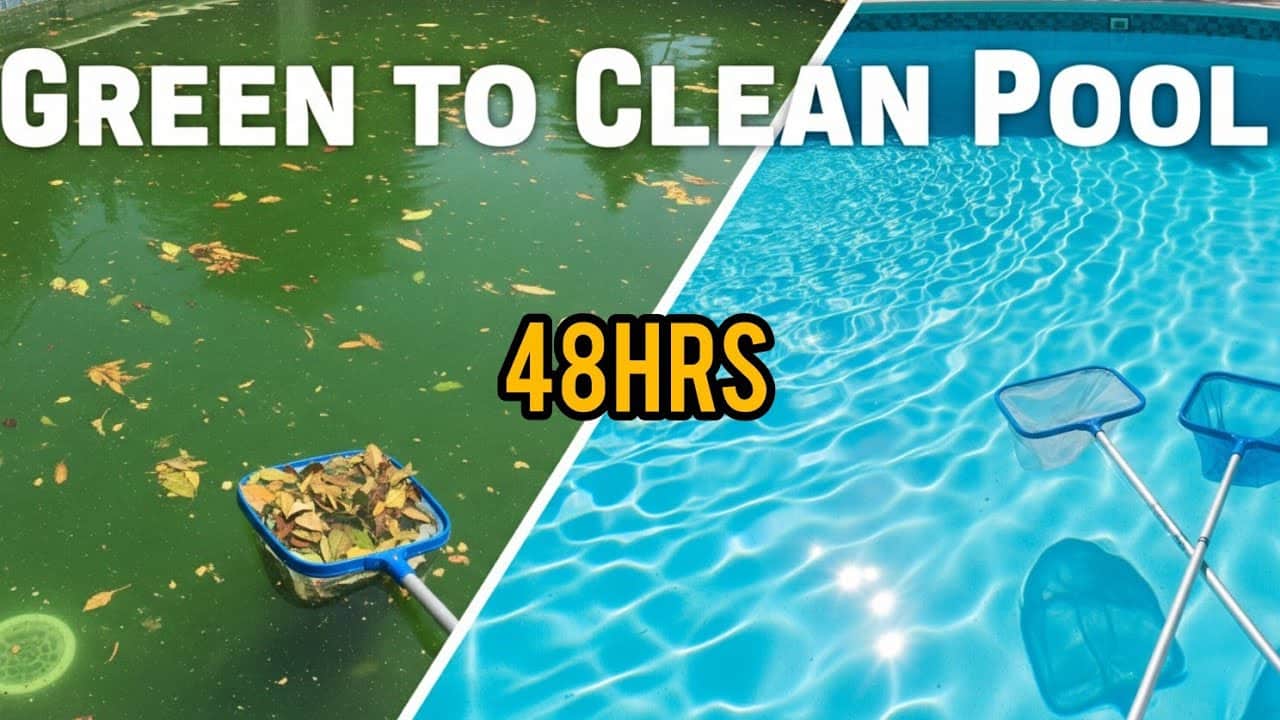
How to tell green vs mustard vs black algae
Green algae floats and coats walls, mustard algae clings to shaded areas, and black algae forms pinhead dots that resist scrubbing. Green algae clears fastest once you fix a green pool with shock and thorough brushing. Mustard or yellow growth hides behind ladders and in light niches, so plan a higher dose and meticulous brushing. Black algae embeds in pores of rough plaster and needs repeated oxidiser, frequent use of a stiff pool brush, and patience to remove algae that has anchored.
Water chemistry levels that trigger algae
Free chlorine below the minimum for your stabiliser level lets algae outbreaks begin. High pH weakens chlorine, so target 7.2–7.6 during green pool recovery. Low alkalinity allows pH drift that destabilises the chemical balance, while very high stabiliser makes the active fraction of chlorine too small for fast kill rates.
Weather drivers: rain, heat, pollen
Heat and UV increase demand, rain dilutes chemicals, and pollen loads filters with very fine particles. In warmer months increase run time and raise the free chlorine target so algae spores cannot take hold. After storms, shock, re balance and skim floating debris before it sinks to the pool floor. A fitted cover reduces pollen and leaf load. If you need cover ideas, see Discover the Best Pool Cover Australia Has to Offer.
Does low chlorine or high CYA cause green water
Low free chlorine is the direct cause of a green pool, but high CYA binds chlorine and raises the target you must hold. If stabiliser is very high, the fastest green pool fix is a partial drain and refill so shock levels become achievable. This is often required when a swimming pool is fed trichlor tablets for long periods.
Will poor circulation or a dirty filter turn the pool green
Yes, poor filtration and low turnover let algae grow faster than you can kill algae with normal dosing. Fix suction leaks, confirm the pool pump is working properly, and restore design flow. Clean media when the pressure gauge shows a 20–25 percent rise. For help choosing the right pump size and curve, visit Types of Pool Pumps.
Why is my saltwater pool green with a chlorine generator
Low salt, a scaled cell or short run times reduce chlorine production and can leave pool water green. Shock with liquid chlorine while you correct salinity, clean the cell, and extend run time until the filter running clears the suspended algae particles. For balancing salinity and timing, see How to Add Salt to Your Pool.
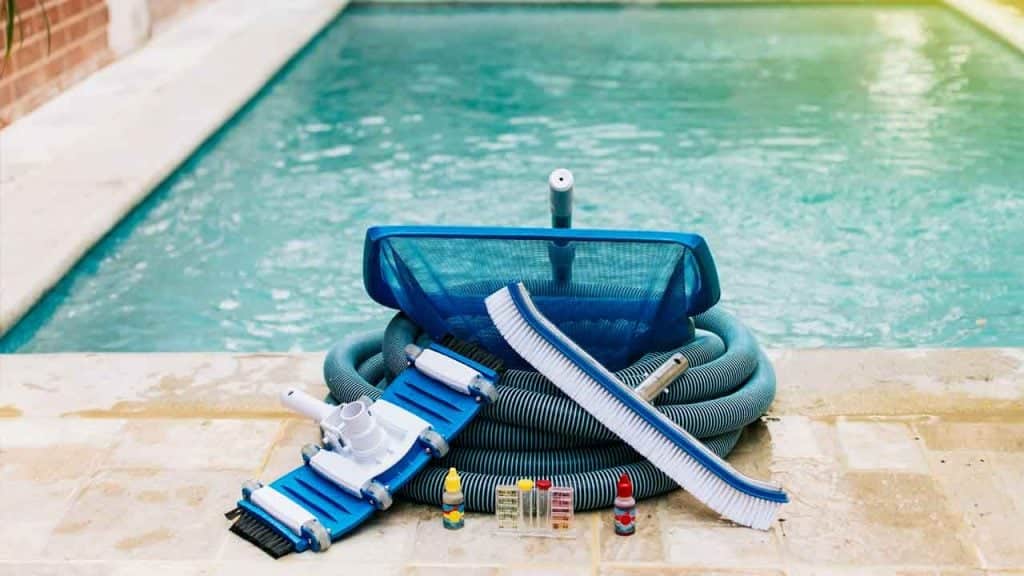
What does “SLAM” mean
SLAM means Shock Level And Maintain, which is the most reliable way to fix a green pool fast. Raise free chlorine to a calculated level based on stabiliser, keep it there with frequent testing, and brush twice daily. Clean filters as pressure reaches the backwash threshold, keep the pump on until you pass the overnight loss test, and do not quit until green water turns blue and then clear.
How long does it take to clear a green pool
Light green often clears within 24–48 hours if you hold the correct free chlorine and filter continuously. Dark green or a pool where you cannot see the floor can take 3–5 days, longer if CYA is very high, the filtration system is undersized, or brushing is inconsistent. Expect varying degrees of progress each day as dead algae collects in the filter and on the floor.
Cloudy green vs clear green
Cloudy green signals active algae and suspended fines, while clear green suggests metals after a large oxidiser dose. For cloudy green, prioritise sanitiser and filtration until the cleaning process removes algae particles and restores clarity. For clear green without cloudiness, confirm metals before using a sequestrant or considering a partial refill.
Can you swim in a green pool
No, swimming in green pool water is unsafe because pathogens may be present and visibility is poor. Wait for clear water, correct chlorine levels, normal pH and stable chemical levels. Good visibility across the entire swimming pool avoids accidents and allows you to spot hazards.
Do phosphates matter
Phosphates feed algae but are not the root cause if your free chlorine is maintained. Address sanitiser and filtration first, then consider phosphate remover only when levels are extremely high and re occurring issues persist despite correct chlorine.
Common mistakes that make a green pool worse
Shocking at high pH, turning the system off too soon, and skipping brushing all prolong green pool recovery. Backwashing too late starves flow, while failing to clean a cartridge filter thoroughly allows poor filtration to continue. Plumbing problems with cleaners can reduce circulation, so if you suspect a suction issue or blocked lines, read How Do Pool Cleaners Work?.
Step by step green pool treatment and recovery plan
Lower pH, brush everything, shock hard, and keep the system moving until algae is dead.
- Lower pH to 7.2–7.4. Add acid carefully and circulate for 30 minutes, then confirm with a drop test.
- Brush walls, steps and the pool surface thoroughly. Use a stiff brush on rough plaster and a softer brush on vinyl and fibreglass. A wide pool brush speeds coverage of large areas.
- Empty skimmer and pump baskets. Remove as much debris as possible so flow is strong.
- Shock to the calculated free chlorine level in the evening. A high dose is more effective overnight without UV burn off.
- Run the pump 24–48 hours. Keep filter running and watch the pressure gauge. Backwash sand or glass when pressure rises 20–25 percent. Clean a cartridge set thoroughly and rotate a spare if you have one.
- Maintain shock level. Re test hourly at first, then every few hours, and top up to hold the target.
- Vacuum to waste if there is heavy sediment. This removes dead algae without clogging the media.
- Add clarifier for final polish once algae is dead. Allow circulation to capture fines, then return to normal dosing.
For correct backwash timing and technique, review Backwashing a Pool.
Filter specific guidance
Match your cleaning to the filter type so the fix is fast and efficient.
- Sand or glass media filters: Backwash when pressure rises 20–25 percent, then rinse to settle the bed. For very fine silt, a small clarifier dose helps catch fines in the bed.
- Cartridge filter: Hose pleats until runoff is clear, soak in a degreaser if oily, and rotate a spare set during heavy loads so flow is restored quickly.
To set an easy rhythm that prevents a pool turning green again, see How Often Should a Pool Be Serviced?.
Prevention checklist
Hold free chlorine in range for your CYA, keep flow strong, and remove debris before it rots. Maintain target chlorine year round, test weekly in season, and brush steps and dead spots. Skim leaves, keep the pump on longer during heatwaves, and confirm your pool filter and pump size can deliver turnover. A good robot keeps the pool floor clean between visits and reduces organic load. If you are choosing a cleaner to prevent algae growing back, start with What Pool Cleaner Should I Buy?.
Conclusion
A green pool fix works when you control chemistry, circulation and contact time. If your swimming pool stays green despite shock, our Perth technicians can test on site, diagnose poor flow or chemical imbalance, and set a simple plan so you return to clear, safe water. Book Green Pool Cleaning services, explore dependable Pool Equipment for better circulation and filtration, or Contact Us for friendly help with green pool treatment that lasts.
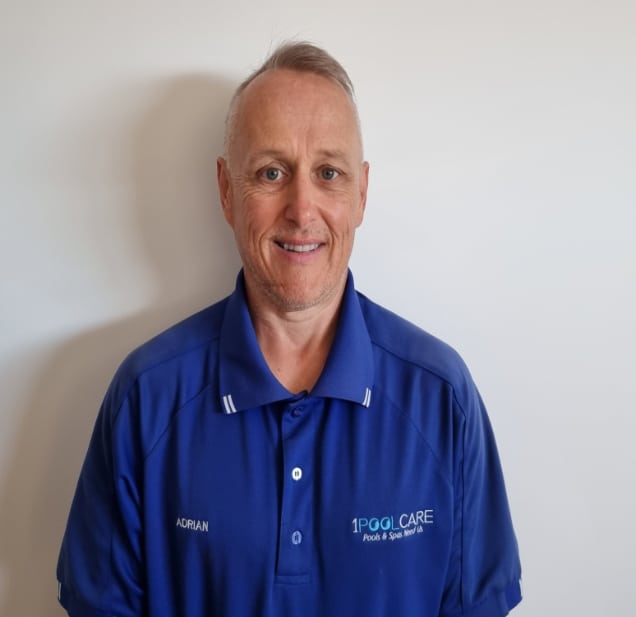
With over 20 years of industry experience, Adrian Mole is the founder of 1 Pool Care, a leading mobile pool service in Perth. Known for his expert knowledge and reliable service, Adrian delivers professional pool cleaning, equipment repairs, and water balancing across the metro area. Backed by SPASA accreditation, he’s committed to quality, convenience, and customer satisfaction.

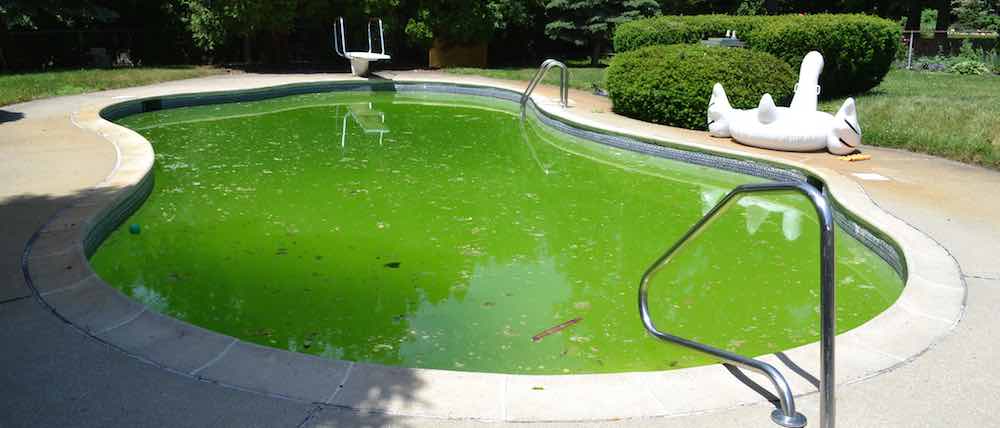
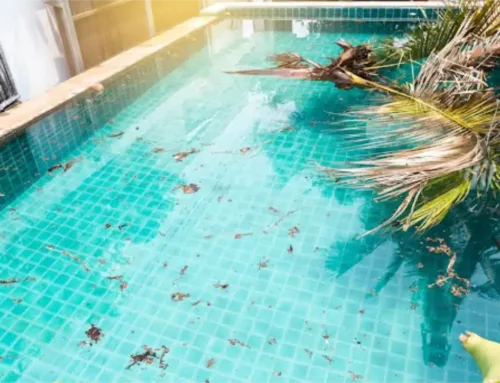
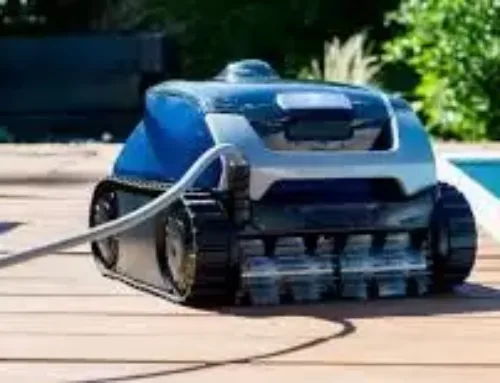
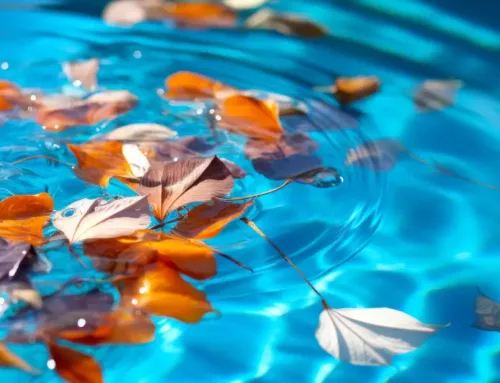
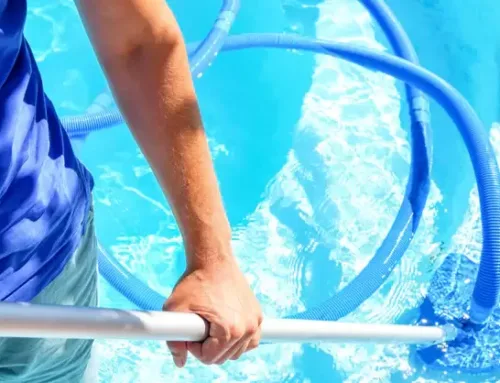





Social Media